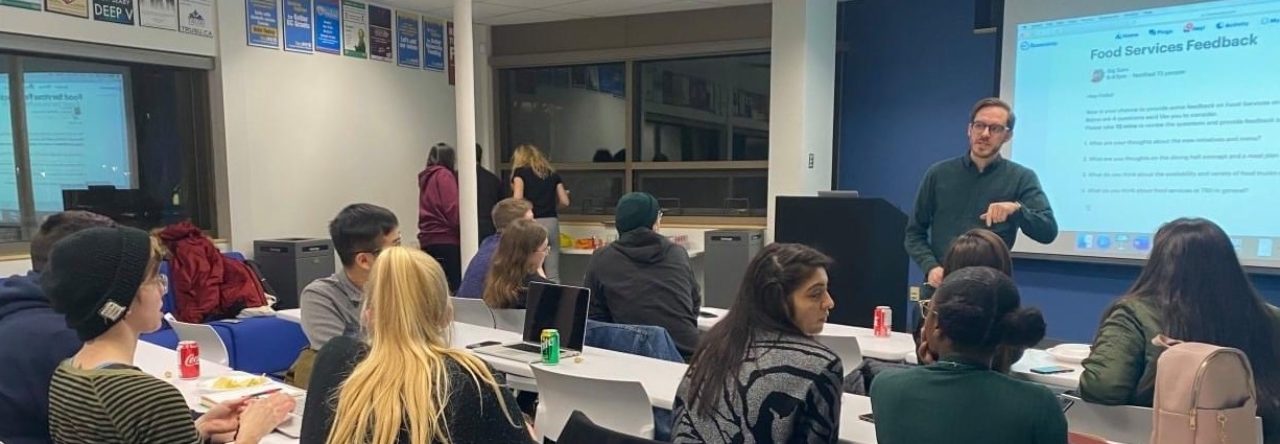On June 29, 2020, I taught, with my teaching partner, my fifth one-hour lesson with a group of three students enrolled in an Advanced Oral Communication class. The objective of this lesson was that students would discuss the role of sports in culture and cultural relations as well as cultural differences in food to improve their discussion and debate skills. This was to be accomplished through students thinking critically about hockey as a part of Canadian culture, debating the effect of sports on cultural pride and tolerance, describing their preferences in food, and discussing how food relates to culture and impacts opinions on cultural difference.
In preparing the lesson plan, we built from our previous lesson, which we did not fully complete, and continued a focus on culture with a second topic. Importantly, we reincorporated the strategy from our third lesson of focusing on a clear objective, and incorporated what we learned from our fourth lesson to provide more structure and direction in our activities. However, we remained slightly too optimistic about the available time, which ended up resulting in less student discussion than might have been possible with fewer activities and more time with each to solicit participation. Finally, we maintained the tactic of assigning teacher roles throughout the lesson to ensure there was a clear leader in each activity.
In delivering the lesson, we realized strong student participation through our more structured plan, but retained somewhat more teacher talk than ideal. I greeted the students to the class and provided the overview of the lesson. I still find this aspect somewhat awkward in terms of knowing when to start or how to transition from casual welcoming to formal instruction as well as gauging whether students are prepared and paying attention. I think one tactic I may try in the future is to have every student turn on their camera, which will be helpful for the remainder of the class as well, and providing an individual greeting. I will then also be able to see that the students are ready to begin the lesson. Once we moved into the warm-up activity, “Two Truths and a Lie”, we had some challenge with providing direction, but had put a bit more thought into it and students participated well in the end. Again, having cameras on at this point would have helped. Our first discussion activity was much improved by the greater structure we created. After showing a video with a listening task and expectation, an initial discussion point focused on that given task and introduced vocabulary. This was partially successful, but may have been too abstract – discussing meaning – to start, and the content may not have matched the vocabulary as clearly as hoped. The subsequent discussion activity, however, was quite successful as an opinion was posed and students were assigned roles for and against. The discussion was fulsome as a result of the structure and clear direction. The transition into the next topic and activity was also successful. Another video was presented with a clear listening task. In this case, however, the questions for the listening task were more direct and led to strong participation. Similarly, the structure of the following debate – engagement with two positions on an issue – also led to better participation than in previous lessons. Finally, the content and activities of the lesson were fun for the students and I believe they enjoyed themselves as much as in any lesson so far.
Overall, my fifth lesson was a great opportunity to incorporate a range of tactics and strategies that had worked or been suggested by our sponsor teacher over the previous weeks. It was a very rewarding experience to see the results of this improvement and to have a lot of meaningful interactions with the students. One remaining issue to tackle is time management. We will need to remind ourselves in the future that fewer activities done fulsomely are better than many done quickly or incompletely.


Leave a Reply